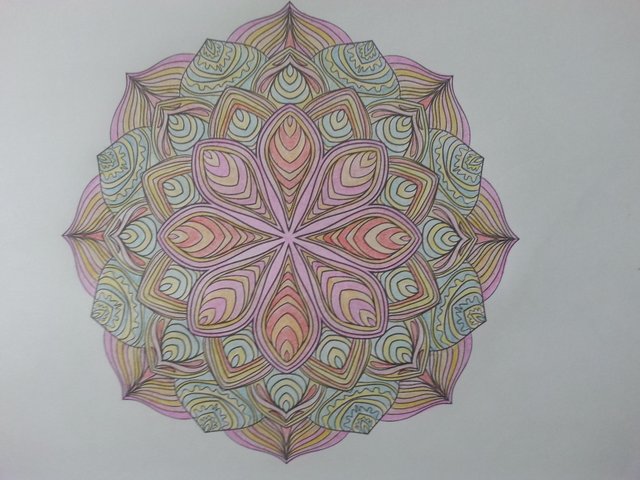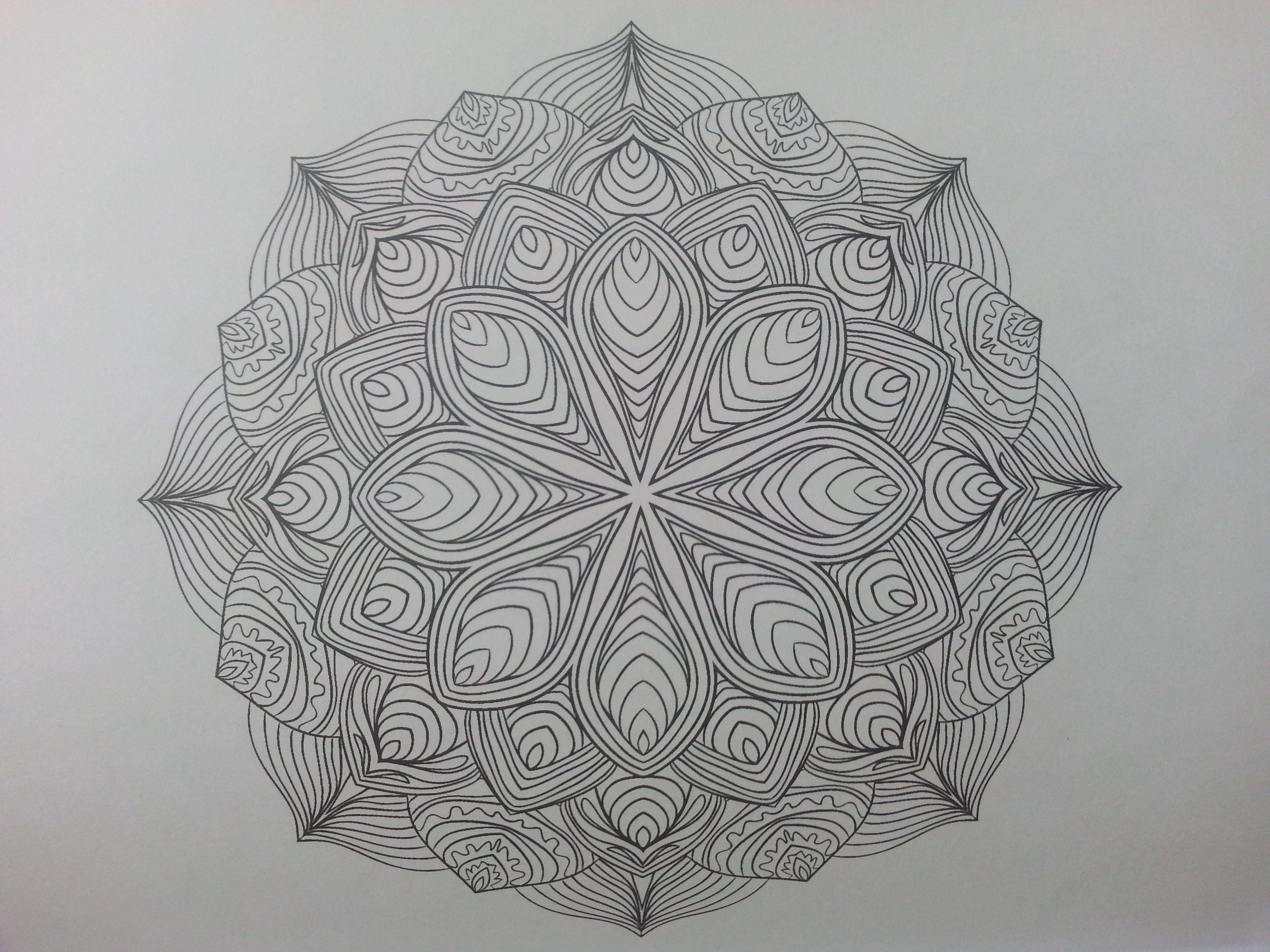The motivation is a ...
Motivation is a "fundamental concept in psychology and, in general, in human sciences, expressing the fact that the basis of human conduct is always a set of motives - needs, tendencies, affections, interests, intentions, ideals - that support the realization of certain actions, Facts, attitudes ".
Man carries out many activities: he eats, plays, teaches, collects works of art, aggresses his peers, helps them. A common feature of these activities is motivation, being their first chronological element.
Knowing the motivation of a person is equivalent to finding the answer to the question "why" an activity is involved. The answer is difficult because the trigger causes are multiple and can not be reduced to external stimuli. Activity, reactions are triggered by internal causes; Their ensemble has been called the motif from the Latin motif (which moves). For some psychologists, the reason is the generic name of any component of motivation being defined as a psychic phenomenon that triggers, directs, and actively supports activity.
Motivation acts as a force field (Kurt Lewin) in which both the subject and objects, people, activities are. To characterize a component of motivation, the vector concept possessing physics: size, direction, and sense was used. Analog to physical vectors, vector-motivation are characterized by intensity, direction and sense, properties that can be measured by certain psychological methods. The direction and meaning of a vector expresses attraction, appropriation, or avoidance or rejection. Its intensity is found in the force of closeness or rejection. Between active motives at some point, as well as between physical forces, there may be diverse but more complex relationships.

The role of motivation
Motivation is essential in psychic activity and personality development, as follows:
Is the first chronological element of any activity
Signifies physiological and psychological deficits (eg, hunger signals a decrease in blood sugar percentage below a certain limit, while the need for affiliation is signaled by the feeling of loneliness)
Selects and triggers activities corresponding to their own satisfaction and supports them energetically (the need to affirm a student triggers the learning activity, participation in competitions)
Contributes, through the repetition of some activities and the avoidance of others, to the formation and consolidation of certain personality traits (the interest in music favors the ability to perform a musical work).
In turn, the mature personality functions as a filter for certain reasons: those according to its general orientation are retained, the opposites are rejected.
The motivational system
The components of the motivational system are numerous, varying in origin, satisfaction, and functions. As stated, human motivation includes needs, motives, interests, beliefs, tendencies, intentions, desires, aspirations
Needs are components of motivation that signal a state of physiological or psychological imbalance. The hierarchical model of human needs (A. Maslow) demonstrates that human needs are organized in a hierarchical structure, with the physiological needs placed at the base, and the need for self-realization at the top of the pyramid.
Maslow's hierarchical model of human needs includes the following categories:
Physiological needs (need for food, water, sexual need, need for rest)
Security needs (defense, protection, emotional balance)
Love needs and belonging to the group (the need to belong to a group, to be accepted, to offer and receive affection)
Self-esteem (the need for prestige, to receive approval and appreciation, to achieve goals)
Cognitive needs (the need to understand, to know, to explore, to discover)
Aesthetic needs (the need for beauty, order, symmetry, harmony)
Needs for self-realization and capitalization of its own potential (the need to use its creative potential, to find self-fulfillment).
Maslow's needs are needs of deficiency (first four classes of needs) and growth or development needs (man's desire to be successful, to know, to capitalize on his skills and to include the last three classes of needs).
In Maslow's view, a higher need is expressed only when the lower level needs are at least partially satisfied, and the more the pyramid's need is, the more human it is, and its satisfaction produces Thanks and develops a pleasant tension in the body. The highest motivation, self-updating, can be achieved if other needs are met.
Requirements are also classified as follows:
A. Lower requirements present in humans and animals, but satisfied by the first different and higher human needs and placed on top of the pyramid.
B. Homeostasis needs and growth needs. Homeostasis is a notion borrowed from physiology and which denotes the tendency of the body to maintain constant the parameters of the internal environment. Homeostasis needs only explains adaptive work. Growth needs do not aim to maintain the status quo, but to achieve higher parameters that require improvement.
Knowledge of the hierarchy of needs is useful in explaining behaviors because:
Different stages occur in turn according to psychological development, the first comprising needs developing in childhood, adolescence or later
The intensity of the needs decreases from the bottom to the top
The higher need only satisfies if the lower ones are not satisfied (it is difficult for a teacher to activate the need to know a pupil if the food and shelter are not satisfied)
The higher the need, the more characteristic it is for man.

Modern psychology recognizes two types of motivation:
Intrinsic - in which the person pursues an activity (or even more) strictly cognitive, when the actions undertaken are for himself; for example. The aspiration towards professional, social competence
The intrinsic motivation includes:
Curiosity
Epistemic attitude through the information provided by the learning process
Cognitive interests
The aspiration to competence.
Extrinsic - in which the person follows through certain activities certain moral rewards: prestige, notoriety, fame, money, status, position
The extrinsic motivation is aimed at:
Expectation of praise, note, material reward
Desire to be affiliated (learner learns to please the family who praises it, rewards it
The student fills the desire to meet the teacher's expectations; Wants to be with children of the same age
Normative tendencies (the habit of obeying norms, obligations)
Fear of unpleasant consequences (fear of failure, punishment)
Ambition
The need for high status.
Interests are inclinations and concerns for certain environmental situations. In the course of individual development, they become more or less permanent and predominantly direct the person towards a certain complex of external situations, causing the activity to move in more or less constant directions.
R. Terman binds the interests of volunteer effort when he states that the will is being driven to action by the dynamic power of interests. In his turn, M. Freyer distinguishes between subjective interests (for example, one can say that he likes the book he read) and objective interests (for example, a person can sit in front of a bookcase on which He follows them carefully, from this situation we can see that the person in question is interested in a particular book or in reading). Both categories of interest involve an affective process within the subject's relation to the object, the intensity of which can be represented continuously: one end is the pleasure and the other the dislike (the aversion). There is indifference between the two extremes.
Optimal motivation is achieved by the action on the two variables that come into play: the habit of individuals to perceive the difficulty of the task as accurately as possible (by drawing attention to its importance by emphasizing its heavier moments, etc.) or by manipulating the intensity of motivation in the direction of growth Or lowering it (inducing strong emotions, anxiety, or fear, could increase the intensity of motivation, letting students or subordinates know that there will soon be an inspection of the bosses with the same effect).
Source the club A.M.I
So! Great work! Maslow pyramid works :)
Thanks !